Recent Articles
Popular Makes
Body Types
10 Hidden Car Seat Dangers
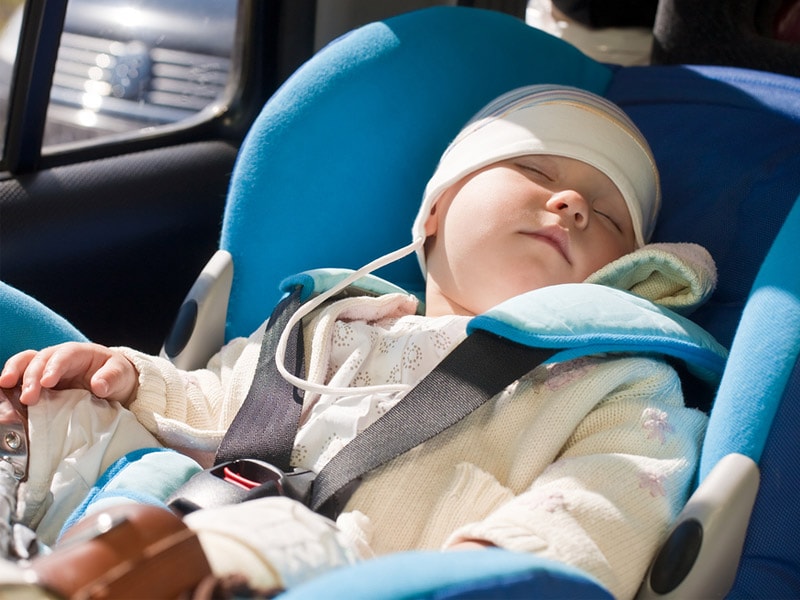
Sleeping Baby in Car Seat
Car seats save lives; there's no question about that. But did you know there are also many "hidden" dangers when it comes to car seats? Thankfully, most of these mistakes can be easily remedied, and we've included necessary information to make sure you know all about the possible hidden risks, as well as any ready solutions.
1. Dangerous chemicals in car seats
Ironically, many car seats, which are life-saving devices, contain chemicals that are harming our kids' health. The Ecology Center recently tested more than 150 infant, convertible, and booster car seats for bromine, chlorine, lead, and other heavy metals and allergens. Results revealed that 60% of the seats contained at least one of the chemicals, and almost 75% contained toxic flame retardants. These dangerous chemicals have been linked to a variety of health problems, including allergies, birth defects, impaired learning, liver toxicity, and cancer. Fortunately, top rated companies in the study, such as Britax and Clek, have been working hard to reduce hazards in their car seats. Check out the report by HealthyStuff to see your car seat’s toxicity rating.
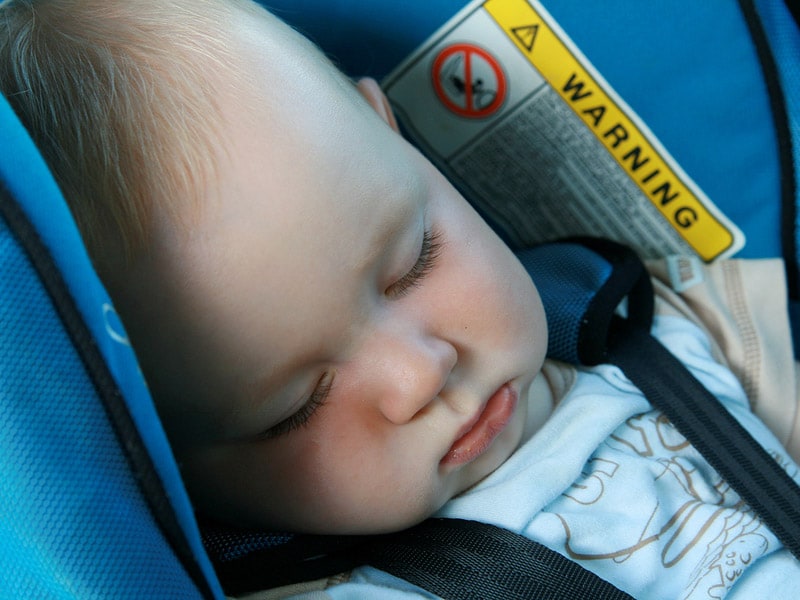
2. Using head huggers or extra cushioning
Many parents are told that they must have additional cushioning around their child’s head, especially for infants. Unfortunately, these supplemental aftermarket products can be extremely dangerous to babies. Many car seats will come with infant inserts; these have been tested by the car seat company and deemed safe to use. Anything purchased separately from the car seat company should not be used. Why? Because this extra "fluff", as it is sometimes called, has not been subjected to intense crash testing, nor does it meet any safety standards. This extra material changes the way the straps fit, affects your child's body temperature, and can even become a suffocation hazard, especially with infants. In fact, the dangers and unknown safety of these products are so strong that most car seat companies void their warranties if aftermarket head huggers or head bolsters have been used.
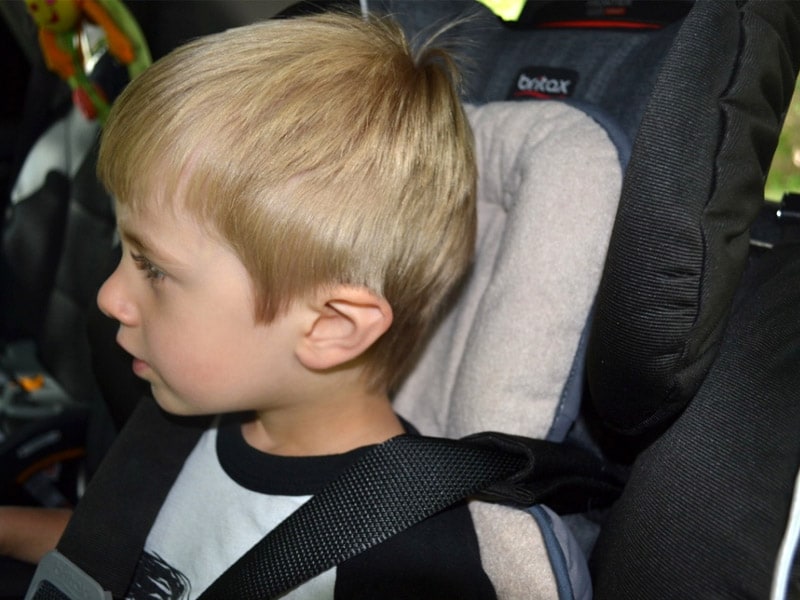
3. Not fastening the car seat harness
Many parents know the difficulties of getting a baby to sleep, and some caregivers might be prone to leave the sleeping child in the seat after the car ride has ended, loosening the harness straps to make the child more comfortable. But did you know that this is actually increases the danger risk? A harness that is loose and not secure increases the risk for suffocation caused by the straps. Suffocation can also happen due to positioning and extended periods of time left in a car seat. And a child as young as four months can wriggle out of a loose seat, making the danger of falling a very real one.
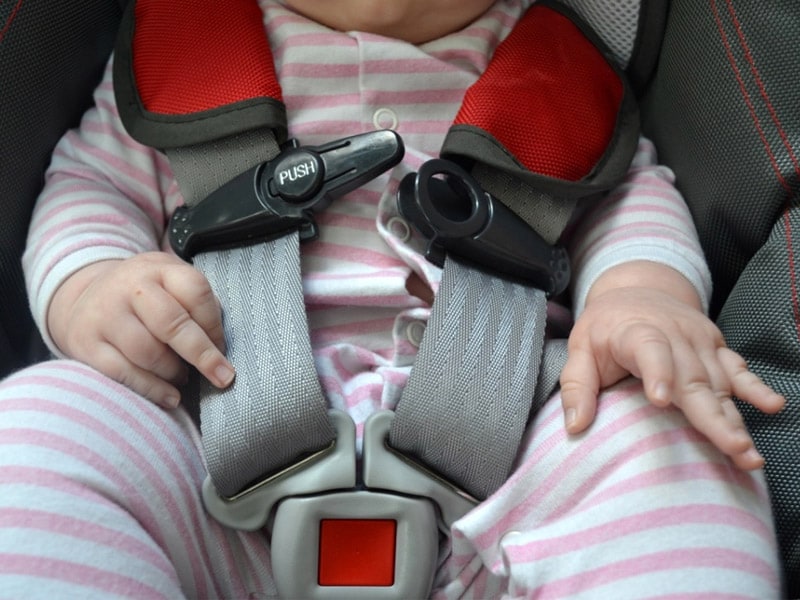
4. Leaving baby in car seat to sleep
Not only is increased time in car seats and this position causing harm to babies developmentally, but it's also a safety concern. Sleeping infants and children should never be left unsupervised in car seats, whether they are awake or asleep. In a 2015 study published in the Journal of Pediatrics, of the 47 cases of children under 2 years old who died while in devices designed for them to sit in or be carried in, two-thirds of the deaths involved car seats. In the majority of these deaths, the child was either strangled by something like a strap, or died because they could not get enough air due to body positioning. When it comes down to it, car seats are meant for car rides only, and infants should never be placed in these devices for sleeping.

5. Using second-hand car seats
We all know that expenses can pile up with a new baby, but it is never safe to use a second-hand car seat without knowing its history. It can sometimes be impossible to know if the car seat was in a previous accident, causing damage to the seat and making it unsafe to use. Remember, you can't always see the damage. Also, even if you know who the original owner is, there is an issue of harmful bacteria. In a study by child car seat retailer Halfords, used car seats were subjected to laboratory testing, which found them to be a breeding ground for Enterobacteriaceae, the bacterial group containing bugs such as Salmonella. The most affected areas were the cushioned supports that are in close contact with children.
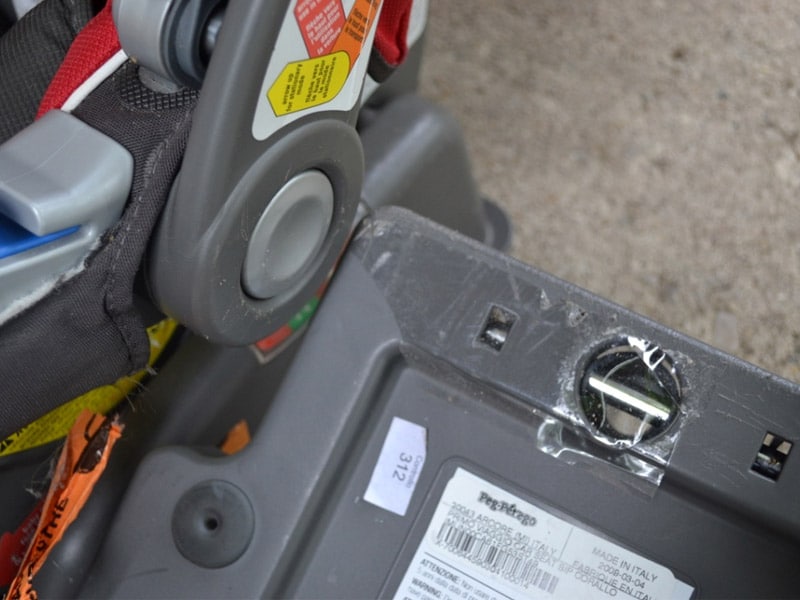
6. Not using the tether
Every car seat has a tether, but many times they are not being used. A report by the Insurance Institute for Highway Safety found that even though all car seats have an anchor and strap meant to keep the car seat from tipping forward, this tether feature is only being used half of the time. Many parents don't find it necessary. The reality is that the top tether is VERY important as it can drastically reduce a child's potential for head and other injuries if they are ever in a car crash. In rear-facing seats, tethers are not always necessary or used, but it's crucial that they are always used in forward-facing seats.
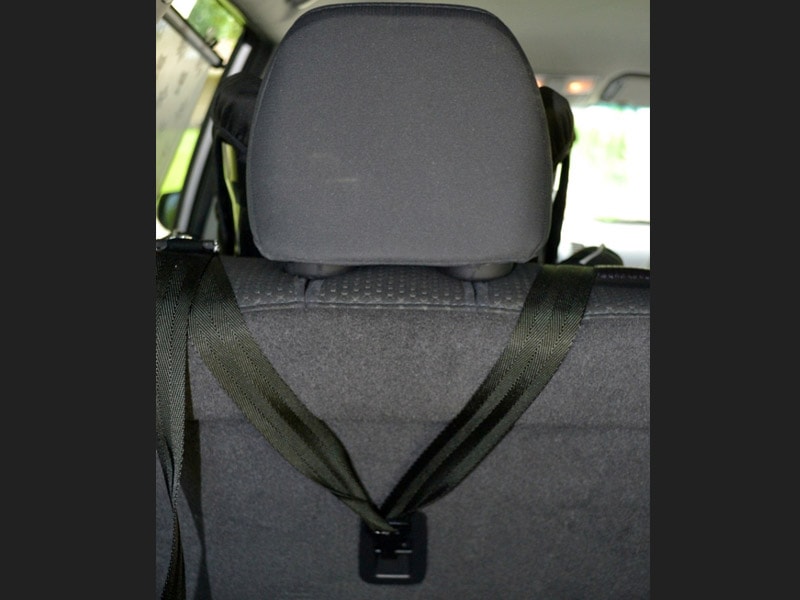
7. Buying a car seat in another country
When it comes to cross-border shopping, a car seat should never be purchased in another country. While many Canadians have been tempted by the lower prices of seats in the United States, there are inherent dangers in buying a car seat in any country other than the one in it's used in. It is actually illegal to import and use a car seat in Canada that does not comply with Canadian standards. The implication of danger is that the seats have not been tested and approved by Transport Canada's regulations and Canada Motor vehicle safety Standards. There is also the concern about recalls. If the seat is purchased outside of the country where it's being used, the parent or caregiver might not be informed of any recalls/potential dangers.
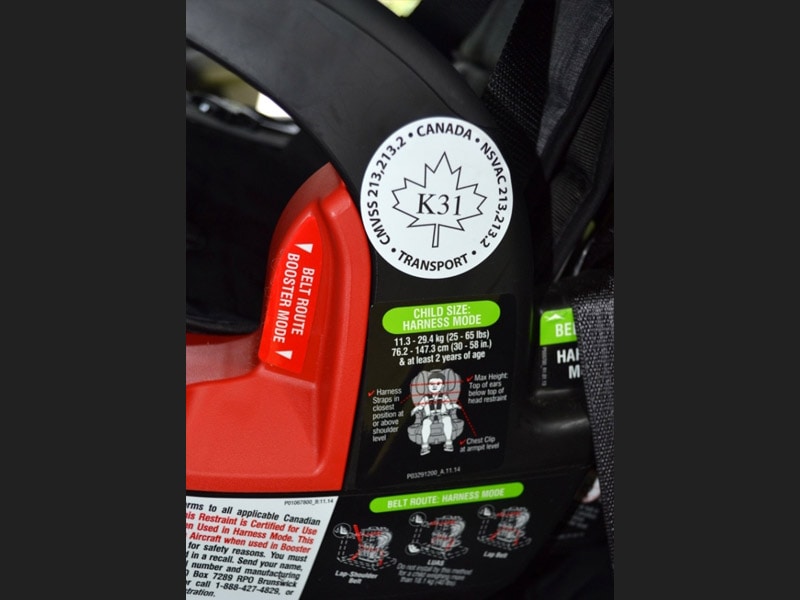
8. Not installing the car seat tight enough
A car seat that is not secure enough and too loose has a greater potential for causing injury. There's an easy test for this. Holding the car seat at the base, you should not be able to move the seat more than one inch to the left, right, or forward. According to car seat inspectors, this is the number one mistake that parents make. If the seat is too loose and there was a collision, a child could crash into the back of the front seat, causing serious injuries to their head or face. You really need to put all your weight into tightening the seat, as well as the seat belt.
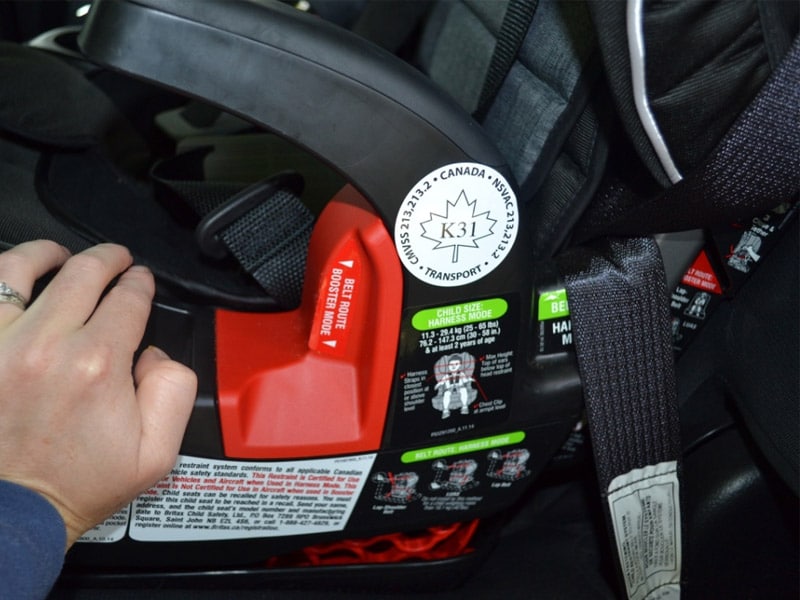
9. Placing loose objects in or around the car seat
Many parents and caregivers might not be aware of the danger of having loose items in the car, whether it’s a simple toy in the car seat, or a bag of groceries beside the seat. Something as light as an umbrella can be extremely dangerous in a crash as a flying projectile. It is always a good idea to refrain from placing loose items in the car, and ensure that they are safely stored in a console or the trunk.
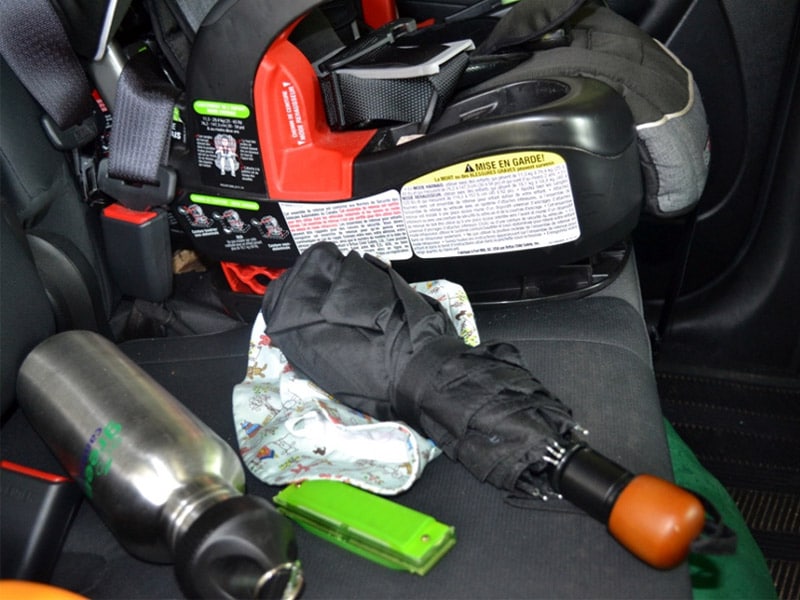
10. Improper angling of a car seat
This is a big danger, as it's imperative the car seat be angled at the proper level for it to be considered safe. Thankfully, most seats have a built-in recline indicator to show if the car seat is properly angled. If the seat is too reclined, it can create more chances of injuries during a crash. If the car seat is too far upright, the child's head can tilt down and then potentially cut off the breathing passageway. A seat housing a newborn should always be positioned at the most reclined position possible, with the seat being moved to a more upright position as the child becomes older. It may sometimes be necessary to use a bolster such as a pool noodle (which is one of the few supplemental products deemed safe for use) to get the correct angle. And most importantly, remember to have the seat inspected by a certified child car seat expert beforehand.
